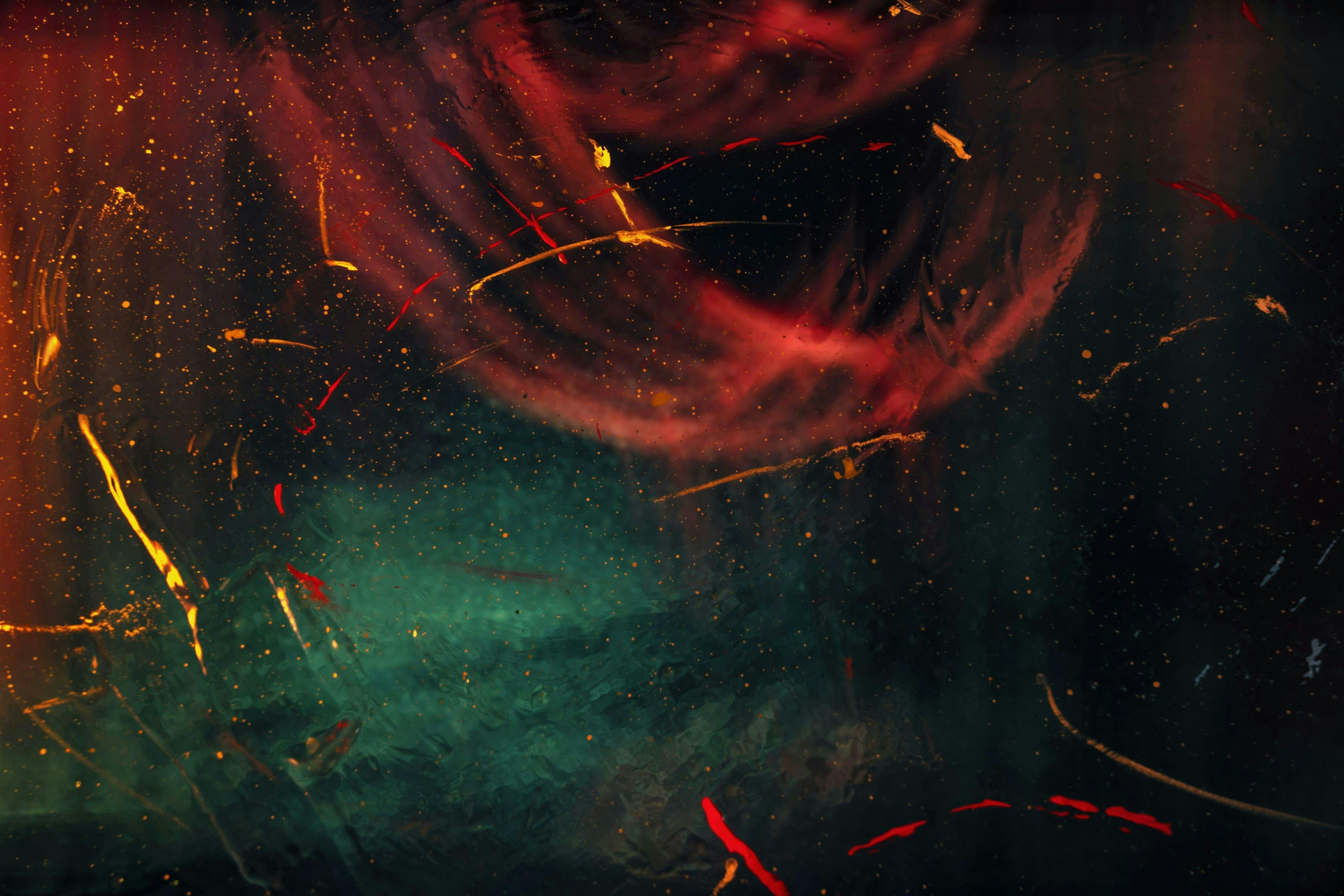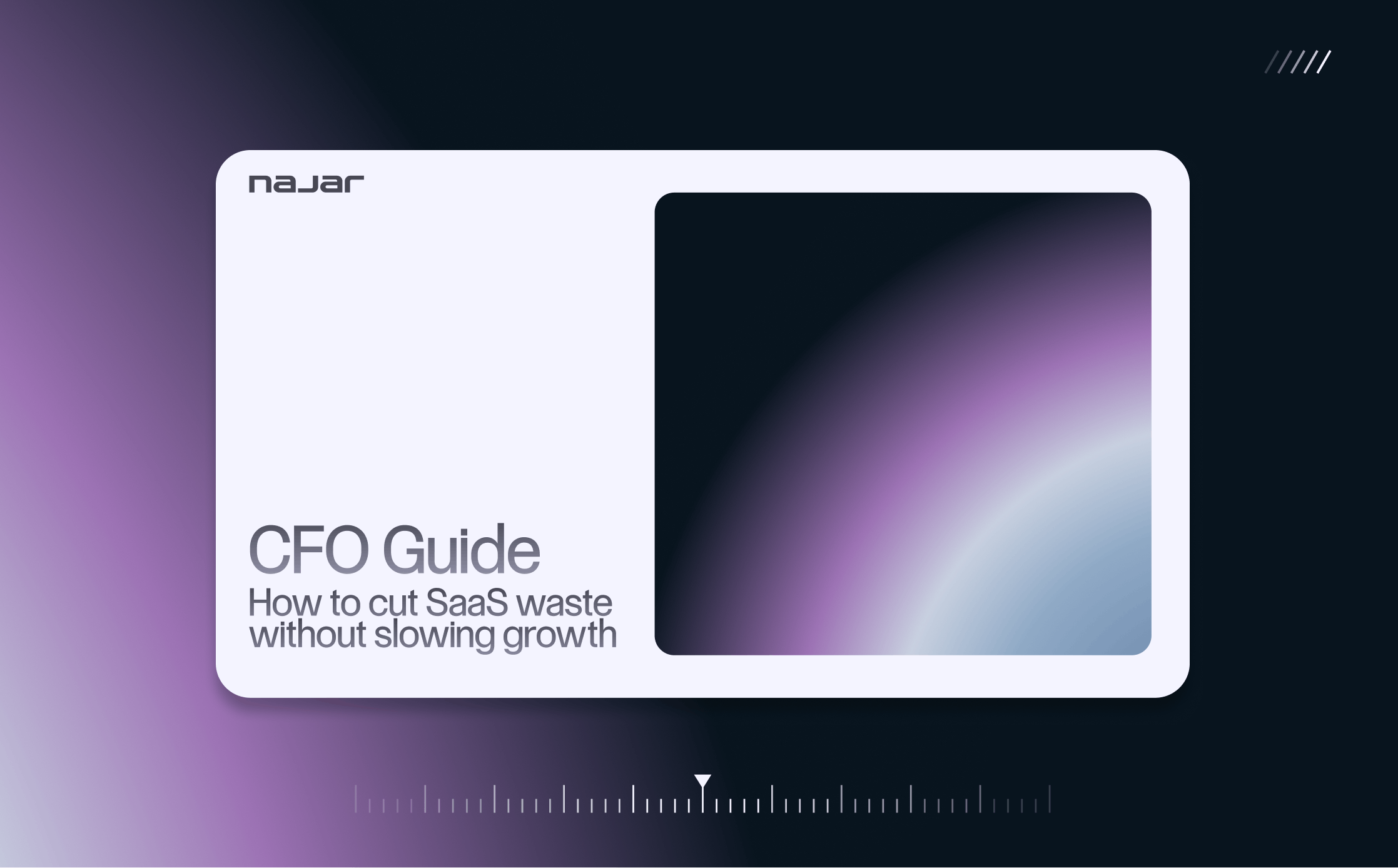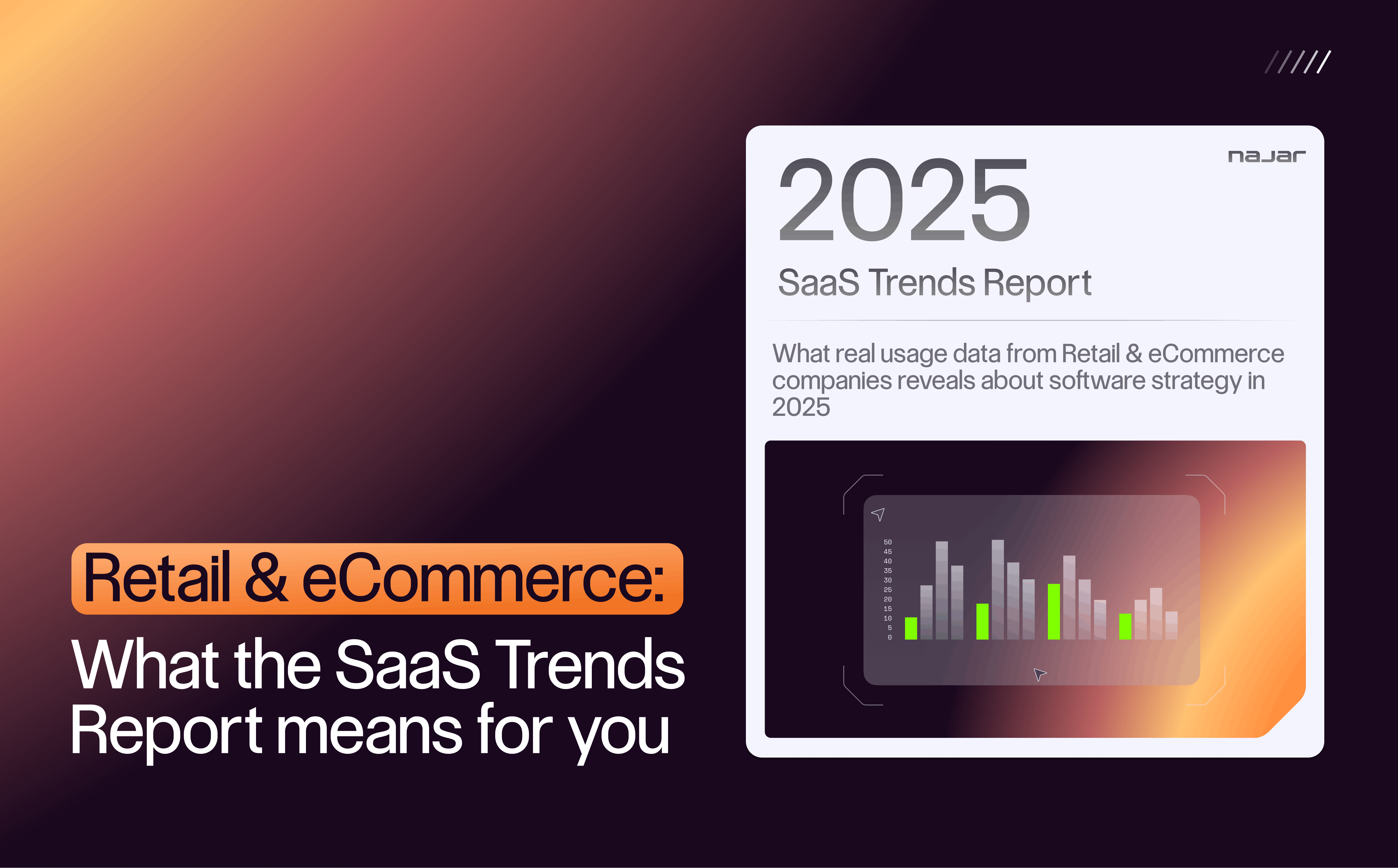The 5 key steps to sort and navigate through your SaaS ecosystem:
- Discovery
- Evaluation
- Optimization
- Regulation
- Monitoring
The presence of SaaS solutions has been increasing since its invention in the 90s. Inexpensive, easy to implement and use, requiring no maintenance efforts... companies were quickly seduced by these tools and now use hundreds of them, a trend that is not expected to reverse in the coming years.
According to Gartner, while the SaaS ecosystem represented only 2% of the software market in 2009 in France, it has now risen to 30% and is estimated at 60% by 2026. It is clear that the use of such applications generates many benefits for companies, both in terms of time and money savings.
However, with the multiplication of SaaS applications to meet specific needs and their accessibility, many employees subscribe to tools for their own use or that of their department, without going through their company's IT department. To deal with this influx and succeed in managing this ecosystem effectively, it is therefore essential to streamline the system.
SaaS rationalization or SaaS ecosystem discovery strategy
SaaS rationalization makes it possible to distinguish between applications that are useful to the organization and those that are not necessary for the business, as well as to obtain an overall view of SaaS applications. This method allows you to sort between applications that generate a good return on investment for the company and those that represent a basic loss of money. Indeed, the hidden cost of SaaS applications, i.e. the cost of applications that are useless and unused by the company, is estimated at up to 30% of the total cost of applications according to Gartner.
Beyond the financial aspect, it is also productivity that the company must review. Does the use of each of these tools really improve processes and save time for the business? How can the right balance be found to reduce the scope of SaaS applications to what is strictly necessary for the company and its development without compromising employee efficiency?
230 is the average number of SaaS tools used by a company with between 100 and 3000 employees in France, i.e. almost one tool per employee.
The rationalization strategy can be established in 5 main steps: discovery, evaluation, optimization, regulation and monitoring.
- Discovery: This stage is similar to draw up an inventory.
It is a question of making a precise inventory of your applications and in particular by identifying their costs, their licenses, their administrators or even their contracts. Once this information has been centralized, it provides an initial view of the most expensive tools, which logically should have the best return on investment, as well as the contract end date, which gives an idea of which applications can be put aside most quickly, if need be. These draft analyses are used to guide step 2.
- Evaluation: This step provides an in-depth study of the impact of each application.
It is important to find the right indicators in order to have an objective approach to the usefulness of the applications. This can take the form of indicators on the cost of the application, on the commitment of employees to the application and their frequency of use, on the viability of the supplier of the application, etc. It also gives an idea of the time savings generated by the use of these tools and the optimisation of processes that they generate.
By cross-referencing these data, it is possible to get a good idea of the return on investment of the tool. In addition, a simple technique to evaluate the usefulness of a tool is to write "users' stories" for each application, i.e. write down the reason why the tool was implemented and its usefulness. This is a way to verbalize the need and, depending on how easy it is to verbalize, to confirm it or not.
- Optimization: This is the identification of the tools to be removed from the company's SaaS ecosystem after allowing departments to communicate with each other about their SaaS uses and best practices.
This step can be particularly sensitive since it requires making users understand that their applications do not offer enough benefits for the company as a whole, and to do this, convincing alternatives to using the application must be found. Priority should be given to removing redundant applications, whose use is not optimal, or those for which the supplier's compliance is not certain (particularly in terms of personal data protection). SaaS tools that are redundant within the company must be screened, compared with each other and with the users surveyed in order to select the most effective one.
More concretely, it is a matter of asking the following questions: do we have several applications that perform the same function in different departments? Do the users of the application log in regularly enough to justify a good use? Are applications containing sensitive data sufficiently protected? One way to optimize SaaS applications may also be to go primarily through the same vendor and eliminate niche applications from multiple vendors.
- Regulation: This is the action phase, the phase during which unused, under-used applications will be removed from the SaaS environment.
Once the applications to be removed have been clearly identified, the governance of the SaaS ecosystem in the enterprise must be clearly defined. There needs to be a single decision-maker driving the change, establishing a uniform process across the enterprise for subscribing to new tools in the future. Accurate and accessible communication must also be put in place to raise awareness among all employees of the challenges of SaaS management. It is also useful for all employees to have an overview of the fleet of corporate SaaS applications used in the company, avoiding new risks of overlaps in the future.
Monitoring : the monitoring phase, followed by this new strategy of SaaS Management
This allows us to monitor changes in both the use of the remaining applications and the budget they represent. Indeed, it should not be forgotten that the use and therefore the management of SaaS tools must be integrated into the long-term strategy of your company! The mistake you should not make would be to stop to a practice of cost killing the first month without thinking about ensuring traceability of the processes used so that you don't have to start from scratch the following year.
Managing your SaaS ecosystem also gives you a better view of your budget, so more accurate estimates and therefore a realignment of interests between IT, operational and financial departments.
To conclude, here are the 5 steps that make up a SaaS application rationalization strategy:
- the discovery, or exposure of all software for which the company pays a license ;
- the evaluation, or "rating" of these tools according to their usefulness to the company;
- the optimization, or identification of underutilized and unnecessary applications;
- the regulation, or removal of designated applications and the communication phase that accompanies such removal;
- the monitoring or administration of its SaaS ecosystem with optimal alignment of the different departments of the company (IT, finance and operations).
This process obviously enables companies to save money by terminating application license agreements that would not be profitable, but also allows them to better manage their business in the broadest sense by identifying the key tools for the company and having better visibility on budgets.
More generally, this helps to fight against shadow IT, the hidden ecosystem of every company that can generate losses and security breaches, which we will come back to in a future article.



